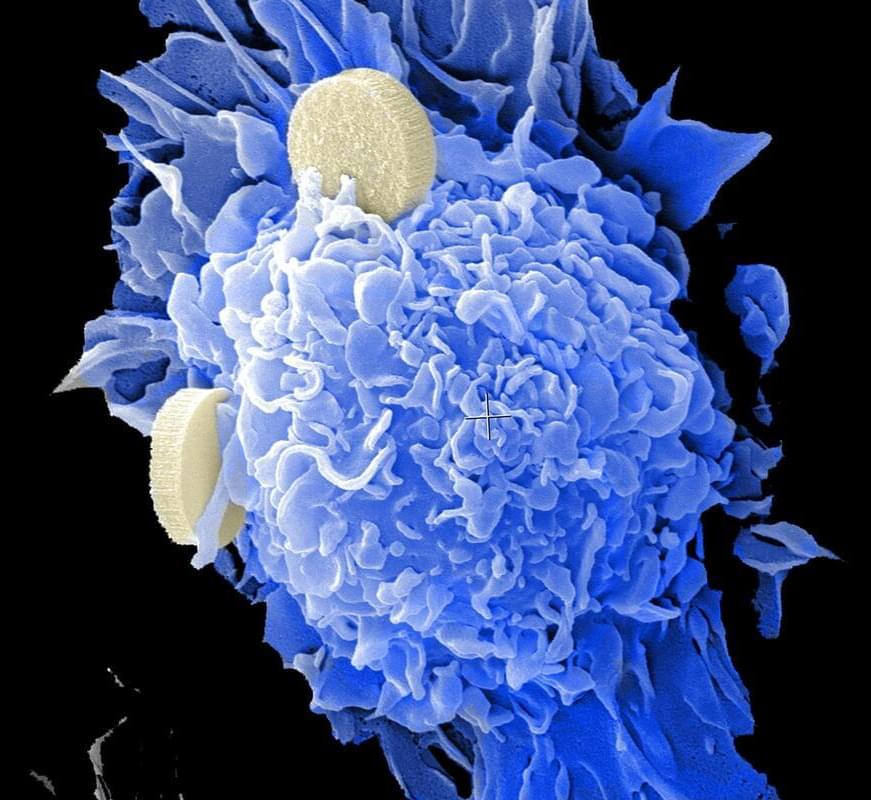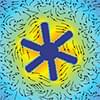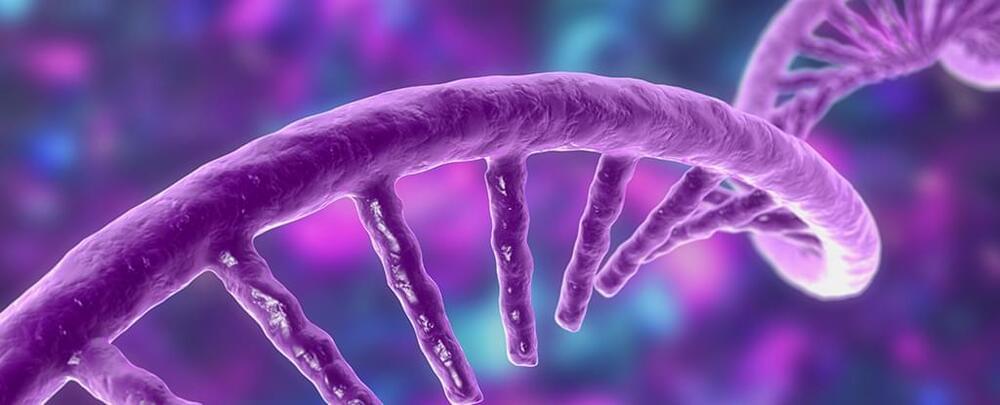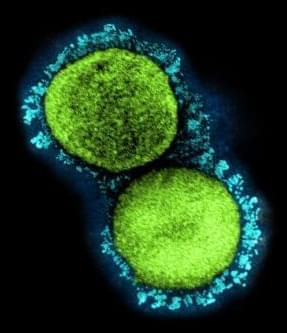Dec 13, 2023
Weight Loss through Slimming found to Significantly Alter Microbiome and Brain Activity
Posted by Natalie Chan in categories: biotech/medical, food, health, neuroscience
Worldwide, more than one billion people are obese. Obesity is a risk factor for cardiovascular disease, diabetes, and some cancers. But permanently losing weight isn’t easy: complex interactions between body systems such as gut physiology, hormones, and the brain are known to work against it. One method for weight loss is intermittent energy restriction (IER), where days of relative fasting alternate with days of eating normally.
“Here we show that an IER diet changes the human brain-gut-microbiome axis. The observed changes in the gut microbiome and in the activity in addition-related brain regions during and after weight loss are highly dynamic and coupled over time,” said last author Dr. Qiang Zeng, a researcher at the Health Management Institute of the PLA General Hospital in Beijing. The study has been published in Frontiers in Cellular and Infection Microbiology.
The authors used metagenomics on stool samples, blood measurements, and functional magnetic resonance imaging (fMRI) to study changes in the composition of the gut microbiome, physiological parameters and serum composition, and brain activity in 25 obese Chinese women and men on an IER diet. Participants were on average 27 years old, with a BMI between 28 and 45.


















